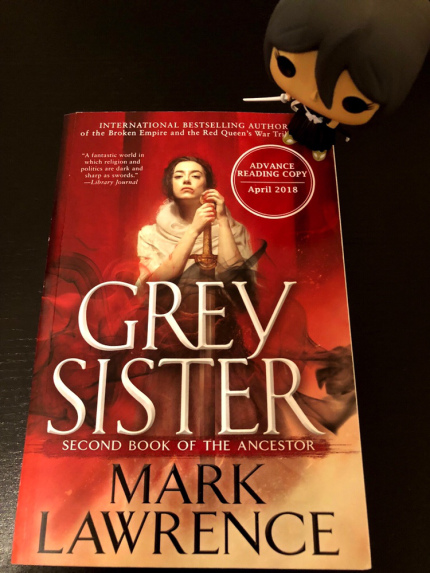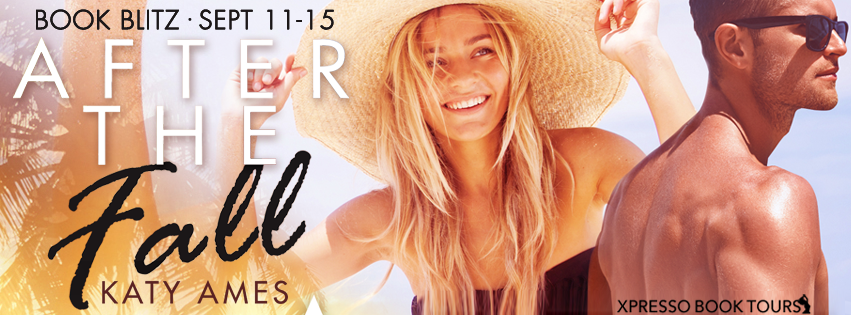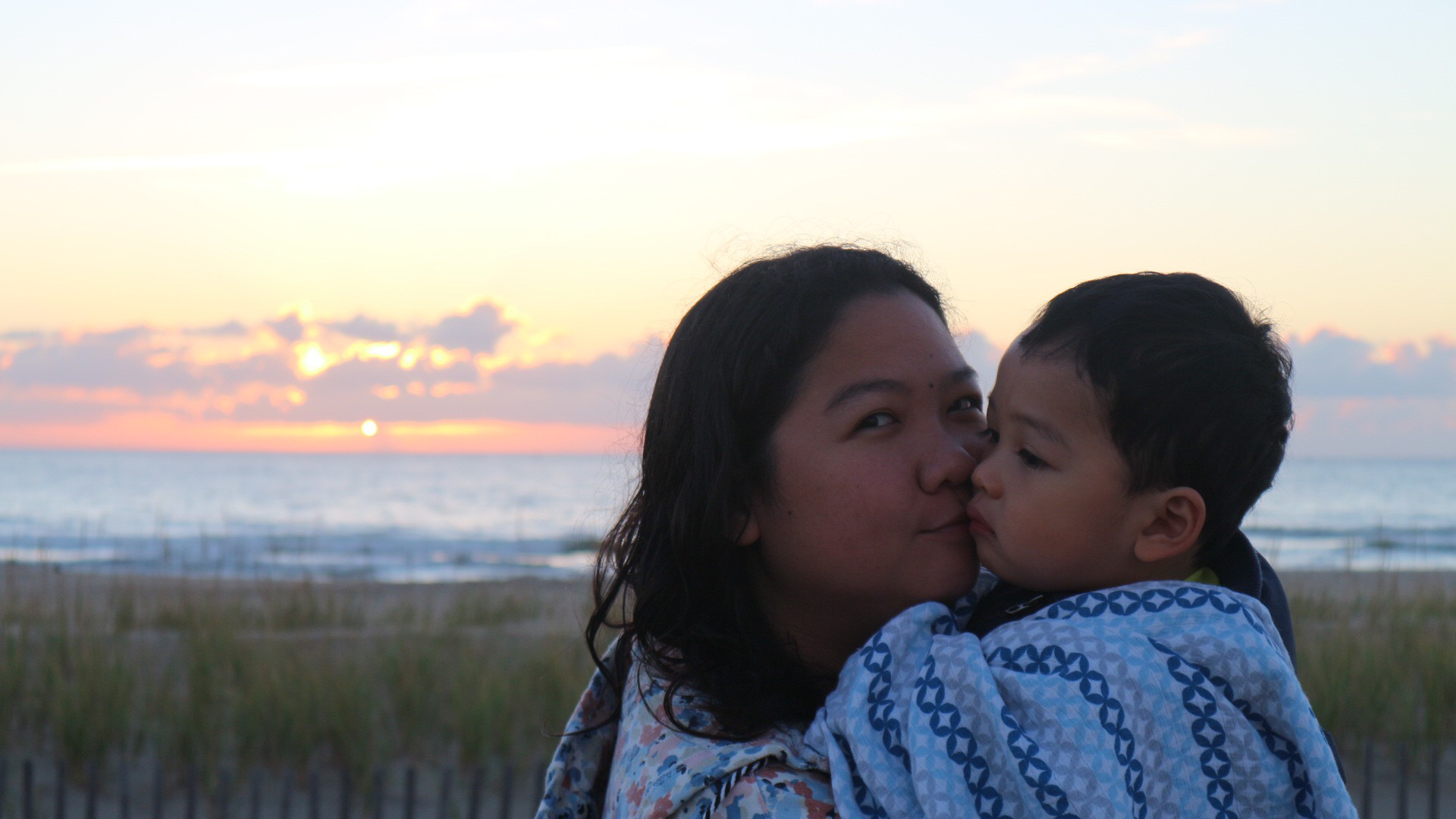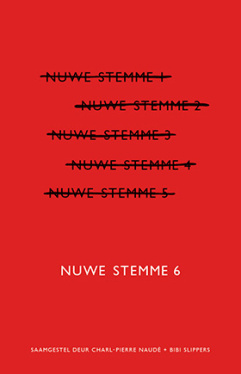Jane Austen has consistently provoked strong emotions, and among writers who deal in romantic love, they have not always been positive. In 1848, three decades after Austen’s death, newly-published Charlotte Bronte called Pride and Prejudice, “. . . a commonplace farce; a carefully fenced, highly cultivated garden, with neat borders and delicate flowers; but no glance of a bright vivid physiognomy, no open country, no fresh air, no blue hill, no bonny beck . . .”
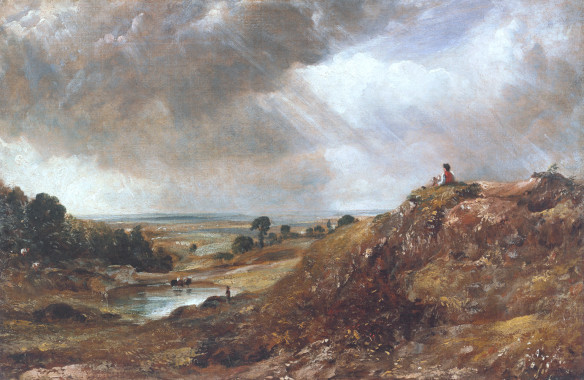
Is this what Bronte was hoping for?
Well, given the radically different approaches of these writers it’s not so surprising to see the disconnect, but it’s as good place as any to open the second part of the Q & A with our modern romance writers.
Question 3: What in Austen has your romantic-writer-self either used or discarded? Are there aspects of Austen that I have overlooked that may have provided an enduring template?
Jenna Da Sie: I’ve used Jane Austen’s pattern of main characters meeting and taking a dislike to each other in the beginning. Sometimes my characters realize they care for one another or there is attraction near the beginning/middle but are too scared to voice their opinions out loud. So, I think [modern romance writers] each take a little bit of Austen make it our own.
Barbara Burke: I’m always getting in trouble with my editor for leaving it to the reader to use his or her imagination (or at least that’s the way I interpret it when I’m facing edits and feeling grumpy). She’s constantly writing little notes in the margin that riff on the theme of ‘tell me how that makes him/her feel’. . . No, I expect you to put yourself in his or her shoes and figure it out. That way we can all come away with something different from the story. However, that’s not the modern method, even though it’s what Jane would have done. Also, I’m a huge fan of dialogue. Keep your clothes on and get to know this person.
Kate Robins: What I love most about Jane Austen’s novels is her incredible dialogue. Since she wrote in the omniscient POV, her character’s dialogue was the best way to show the reader who they are and how they will react in a challenging situation. I think she does this better than any other author I’ve ever read.
I strive to capture that wit and the intended meaning with every word my characters speak. And I thought eliminating author intrusion was difficult! Clear, concise, and realistic dialogue is a critical part of creating characters and an author cannot go wrong studying Jane Austen’s work.
Robin St. Croix: Pride and Prejudice is such a rich and complex novel that more than 200 years later, it still evokes an emotional response in the reader. We react to every single character – even Mr. Collins who is a complete idiot. We hate Wickham. Lydia is annoying. Bingley and Jane are none too bright, but we love them anyway. And on and on the list goes.
Love stories are powerful things. They speak to our need for human connection and intimacy. There’s a huge market for books that skim romantic relationships on a superficial level. In fact, sales of modern romance novels are keeping the publishing industry afloat. However, there’s a need for books that dive deeper and have higher stakes.
Carolyn Parsons: I think I employ all Austen’s patterns in different places and at different times. I certainly wouldn’t take any of them off the table. And a happy ending is a must in a romance novel.
Question 4: What other 19th century writers had a great impact on the genre which would become romance? Which books from that era are your favourites and how do they influence your work?
Carolyn Parsons: Beyond Austen, the works of the Bronte sisters come to mind when I think of romance precursors. But neither of them impresses me in the way Austen does. I’ve never read them after studying them in school. I read Austen frequently. Other authors of the 19th century that I enjoy and consider most influential—Edgar Allan Poe, Emily Dickinson, Oscar Wilde– are not precursors to the modern romance writer but had an impact on my work. I am first and foremost a poet so my writing tends to be far more poetic than Austen’s. I am a huge fan of the Concord transcendentalists including Emerson, Louisa May Alcott as well. I certainly tend to think of myself as a romantic writer as much as I consider myself a writer of romance.
Barbara Burke: Sir Walter Scott immediately springs to mind if looking for a contemporary of Austen’s. I would say Diana Gabaldon is a direct literary descendant of his (not to mention our own Kate Robbins). I don’t think kilted heroes have ever been as popular as they are now. I’m a big fan of Ivanhoe (my daughter is even named Rowena and though she wasn’t named after the character in Ivanhoe that might be where I learned to love the name because it’s not exactly common in Canada), which is actually medieval, also a popular time period for modern writers. Do we even have to mention the Brontes or is that blindingly obvious? I’d say Scott and the Brontes were the ones with the greatest influence on later generations, but there were bucket loads of romance authors in the nineteenth century, like Mrs. Gaskell or Disraeli to name just two who were famous at the time, who might have had an indirect influence on the genre.
Jenna Da Sie: I think Charlotte Bronte, Lucy Maude Montgomery, and Emily Bronte along with Jane Austen have had a great impact on the genre. I know Anne of Green Gables was written much later, but Lucy Maud Montgomery did a wonderful job interspersing romance throughout everyday life. Anne disliked Gilbert from the very beginning but in the end, love won out. I think all these authors have influenced me in some way. I love to read and always reread the classics.
Kate Robbins: While Jane Austen has certainly had the biggest impact on the format of the modern romance novel, other authors from the 19th century have greatly influenced the genre as well. One cannot discuss this impact without including the words of the Bronte sisters, specifically Jane Eyre and Wuthering Heights. Though darker, the primary theme in these novels is still a love story. Other novels like Tess of the d’Urbervilles by Thomas Hardy seem to follow this dark path just staying shy of the HEA, while Elizabeth Gaskell’s North and South works hard to give the hero and heroine everything their heart desires in the end.
In all of these books, the reader roots for the hero and heroine and their HEA, though that may actually mean something different in each case. But there is no doubt they belong to one another and in that sense has helped shaped the format for today’s romance novel.
Thanks to these talented authors. Check out their work!
Kate Robbins is the author of the Highlands Chiefs series.
Barbara Burke is the author of the regency romance Recompromising Amanda and the WWII romance Not2Nite.
Jenna Da Sie is a California-based romance writer completing her regency romance novel.
Carolyn Parsons is a Canadian author whose latest novel is Charley through Canada.
Robin St Coix is the author of Masquerade, a novel in twelve parts.
Don’t forget the New Hook Contest in the previous blog!
Advertisements Share this: